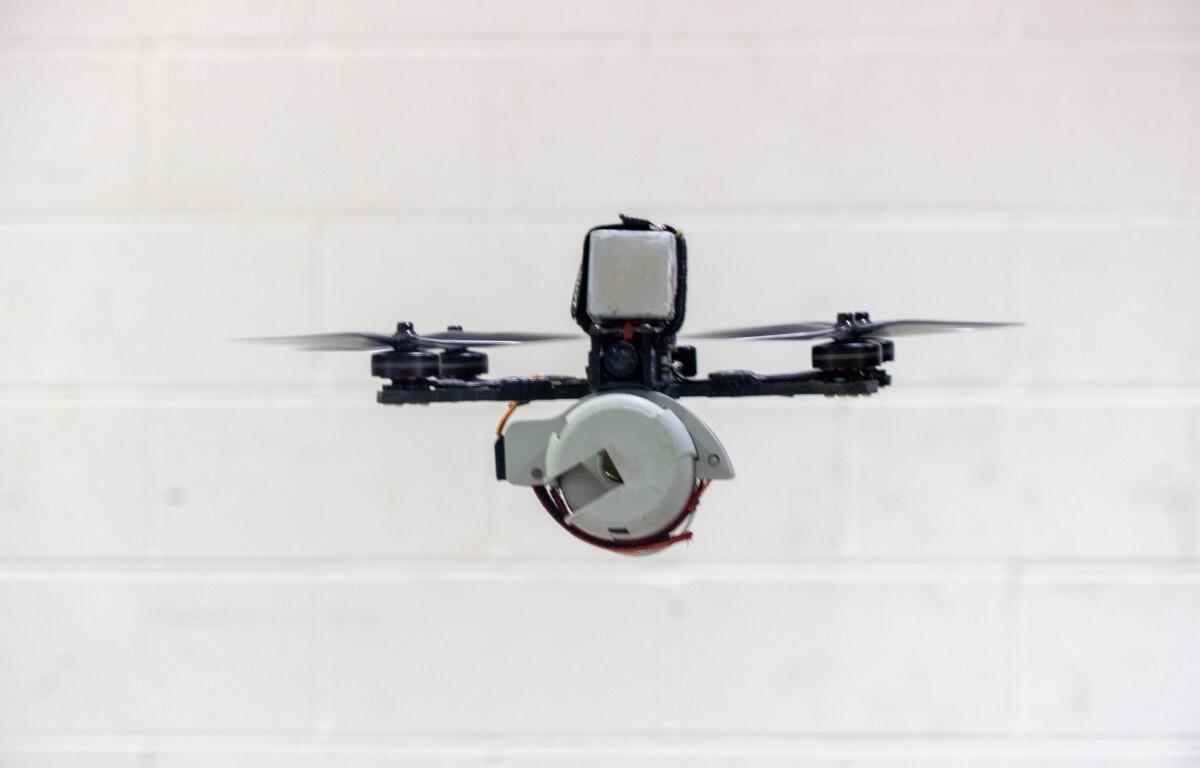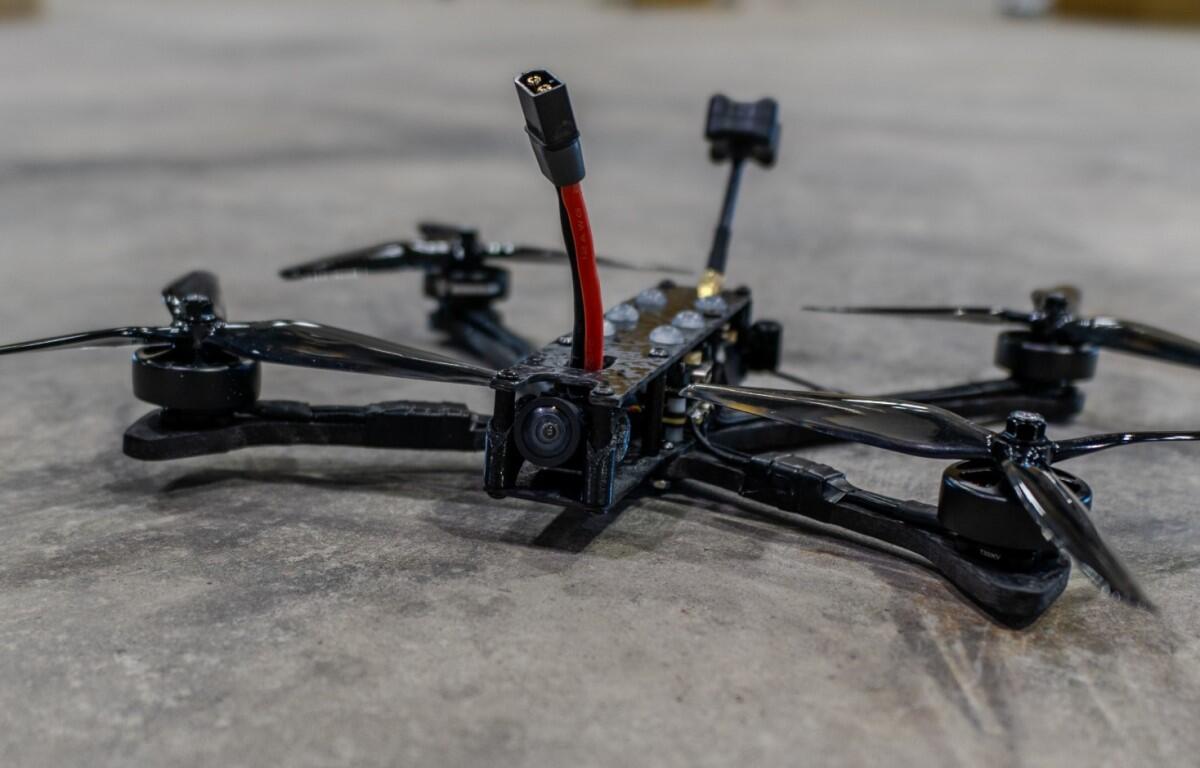FORT CAMPBELL, Ky. – In an era where modernization marches hand in hand with readiness, the 101st Airborne Division (Air Assault) has set the pace for transformation in contact.
Early this year, Brig. Gen. Travis McIntosh, Deputy Commanding General of Operations for the 101st Airborne Division (Air Assault), conceptualized an innovative staff section known as the Robotics and Autonomous Integration Directorate (RAID). The directorate is orchestrated by the Division staff in partnership with EagleWerx, Emerging Tech, and Force Integration.

The RAID enables the Division to maintain a decisive overmatch in Large-Scale Long-Range Air Assault (L2A2) operations by accelerating the integration of next-gen robotics, autonomous systems, and artificial intelligence across all warfighting functions. The RAID seeks to lead innovation by fusing emerging technologies in unmanned systems to enhance lethality, survivability, and agility.
Mission and lethal capabilities of ABE
The RAID’s first mission was to conceptualize a low-cost self-assembly program to produce an in-house Purpose Built Attritable System (PBAS). The PBAS is a new Army term to describe a low-cost, expendable small Unmanned Aircraft System (sUAS), designed for small-unit tactical level operations, which provides first-person view drone capabilities for reconnaissance, target acquisition, and both lethal and non-lethal payload delivery.
“After months of expedited and impressive work, we are proud to unveil the Attritable Battlefield Enabler 1.01 (ABE)—a 100% domestically manufactured PBAS, which is completely assembled in-house at Fort Campbell, and brings rapid surveillance and future precision strike capabilities directly to our formations,” said McIntosh. “This is not just progress—it’s proof that the Screaming Eagles remain at the forefront of innovation, lethality, and agility.”
The launch of the ABE 1.01 is geared to be the Division’s next cutting-edge piece of emerging technology. Currently, the ABE 1.01 is operational for surveillance operations; however, the RAID’s aim is to submit for review and approval for lethal capabilities and effects. Eventually, the ABE 1.01 is expected to have the capability of delivering C4 explosives to its target. This next-generation drone represents a decisive shift toward agile, soldier-driven innovation.
The ultimate goal of the ABE 1.01 is to become a new cost-effective system that can be used for both
lethal effects or reconnaissance capabilities supporting infantry soldiers in the 101st Airborne Division (Air Assault), or any ground combat force across the Army.
New training and benefits with ABE
Each ABE 1.01 system is:
- Entirely U.S. manufactured, with all domestically produced parts and components
assembled at Fort Campbell. - Modular and rapidly assembled in roughly 20 minutes.
- Cost-effective, with units costing only $750; compared to an average of $2,400 from
most commercial competitors. - Versatile, capable of deploying both lethal and non-lethal payloads.
- Procured of raw parts from the Defense Innovation Unit (DIU) Blue UAS Approved
Components List.
With new technology comes new training. The RAID designed a training academy at Fort Campbell to teach soldiers how to use the ABE 1.01. The course is traditionally geared toward sUAS-qualified Infantrymen (11B). However, soldiers of other occupational specialties can also attend the eight day/40 hour course of instruction and flight time. The RAID PBAS Academy is designed to emulate successful techniques of drone reconnaissance and kinetic effects in a sound and safe training environment.
The RAID will continue working to redefine the Army through transformation initiatives by bridging tactical innovation with operational execution. From small UAS to Gray Eagle, launched effects to loitering munitions, or ground robotics to AI solutions, they are not just looking at fielding these systems, but shaping how they fight.
“The future of the RAID is not set in stone; we will listen to the commander and soldier feedback on the ground,” said McIntosh. “We envision RAID to fully integrate autonomous and AI systems, whether delivered by the Army or manufactured in-house.”
| SUBMIT YOUR NEWS: Email news releases to news@christiancountynow.com


